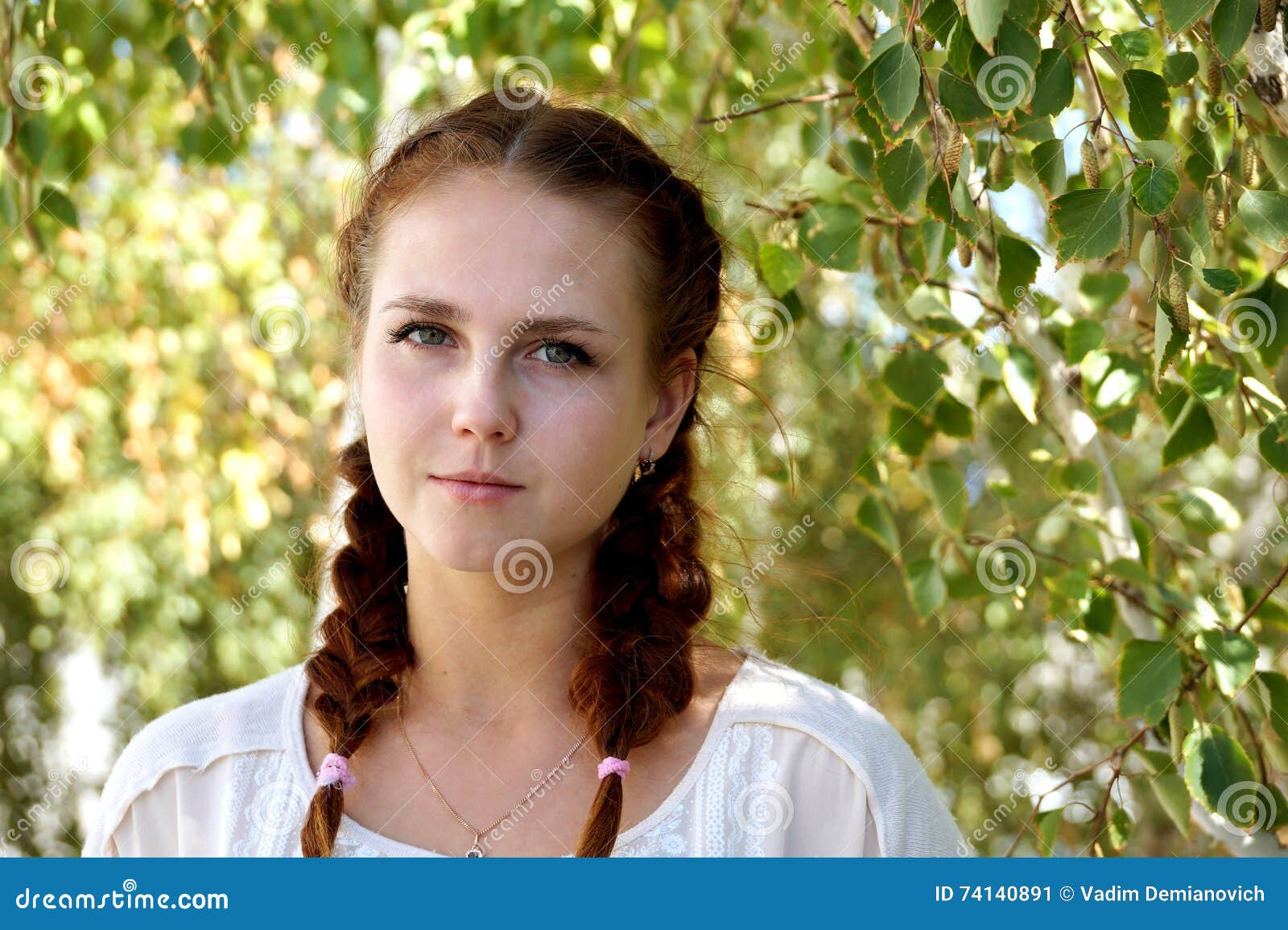In the age before wireless apps, meeting and marrying one’s other quarter was not as straightforward as it is nowadays https://www.sortiraparis.com/en/what-to-visit-in-paris/exhibit-museum/articles/281925-habibi-the-revolutions-of-love-the-lgbtqia-exhibition-at-the-arab-world-institute-in-paris. The majority of couples’ parents or relatives arranged their weddings.
Those who wanted to get married had to go through a number of festivals and marriage routines. The relationship decorum was difficult, and the actions to asking for a wedding or couple’s hand in marriage were generally accompanied by tunes, fireworks, food and drink.
The first step was the plan, or Na Cai. It was usual for the man to travel to the bride’s house with a procession, accompanied by a strap, musicians and dancing, and led by a dancing lion. When the wedding and his entourage arrived at the house, her associates may greet them and have a discussion with him or his member. It was regarded as friendly and a form of leisure, and the negotiations were meant to make sure the wedding did approve of the request.

Traditional Chinese courtship was very elaborate, necessitating matchmakers and astrologers to ensure soul mates may indeed get each other. The ceremony’s use of a purple rope, which is said to shrink over moment and attach the bride and groom until they meet face-to-face, may make it even more formal.
Many of the classic wedding etiquette and customs asianbrides.org/top-12-hot-japanese-women have been lost now. Yet, some such as the Wedding- on- the- Water of Doumen, a gorgeous waterside town in Zhuhai City, Guangdong Province and Ten- mile Red Dowry, a tradition that is still practised in Jiajiazhuang Village in Xi’an, Shanxi, have been enshrined as federal immaterial ethnic heritages.

